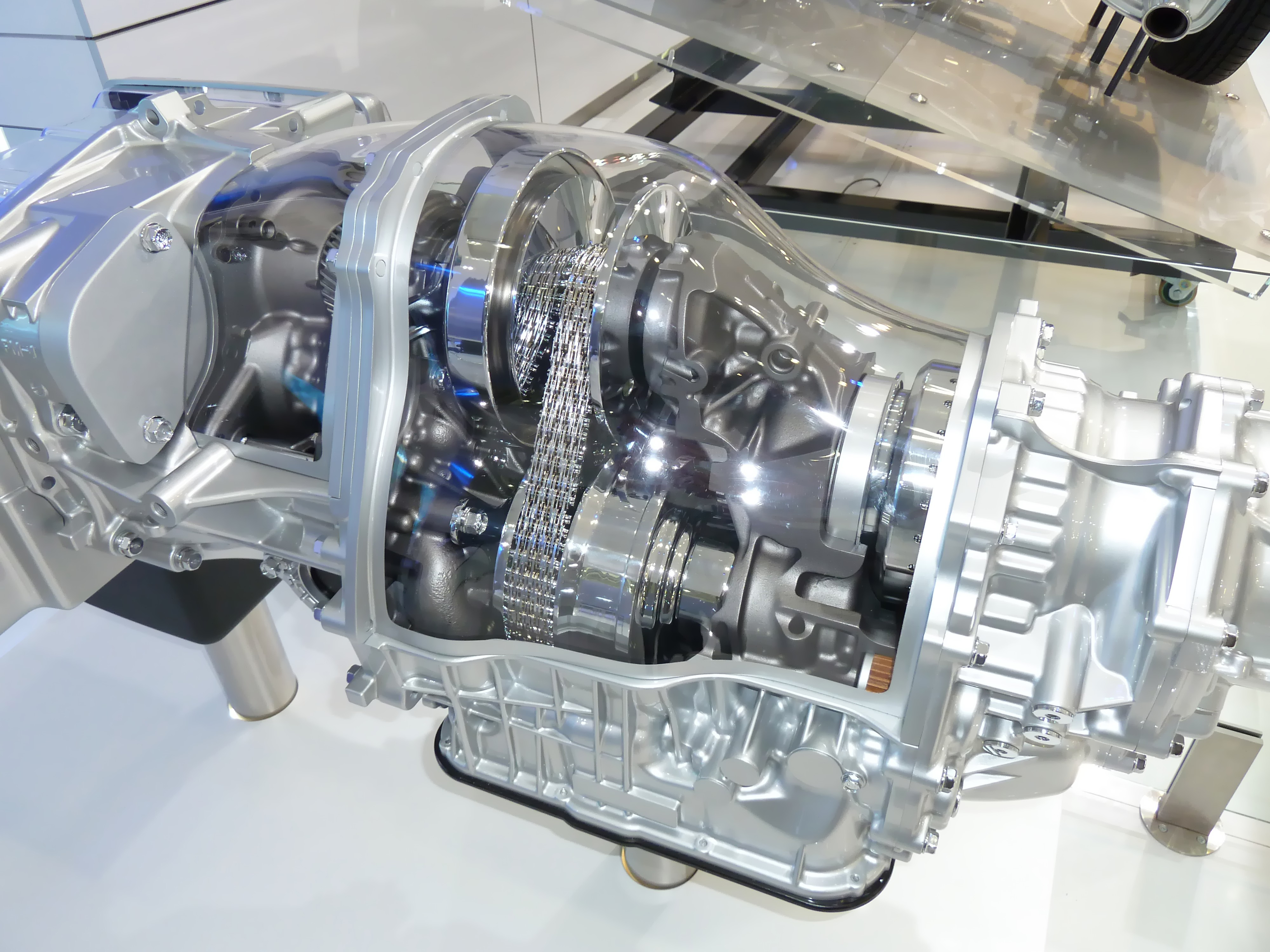When it comes to cars, people tend to focus on driving performance and safety. However, one should not forget about the air conditioning system, which plays a crucial role in enabling a comfortable ride over long periods, even in extremely hot or cold weather conditions or in heavy rain. There was a time when air conditioning in cars, which we now take for granted, was a luxury only found in expensive cars. After years of development and innovation, all vehicles today are equipped with air conditioning systems. However, the design of such systems is not simple since they operate at full capacity in all weather conditions.
As with the vehicle body and various other automotive parts, it is necessary to evaluate the system’s performance through experiments that assume driving under real weather conditions and through simulations using CAE. This article introduces a case study on the waterproofing of an automotive air conditioning system for rainy conditions using Particleworks, a particle method CFD software.
Read the articlesoftware
Particleworks is an advanced CFD Software solution, based on the Moving Particle Simulation (MPS) method.
particleworks

CASE STUDY
RecurDyn software allows belt-type systems, including CVTs, to be both modelled and simulated accurately. The dedicated “Belt Toolkit”, which is an automated modeling assistant, includes all of the components found in a belt-type transmission.
automotive rail-transport recurdyn